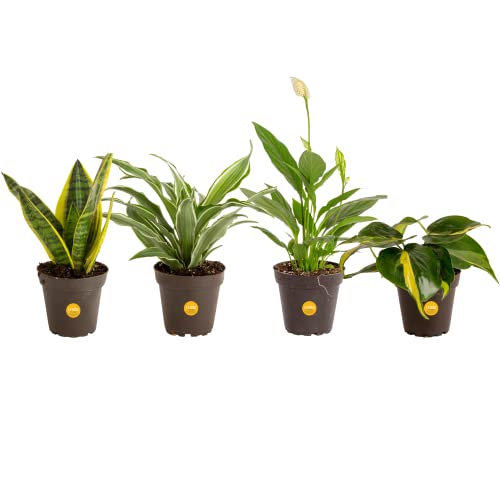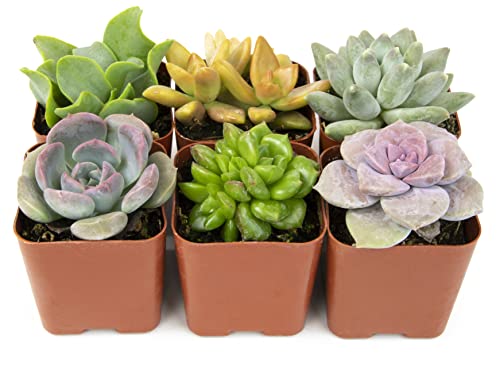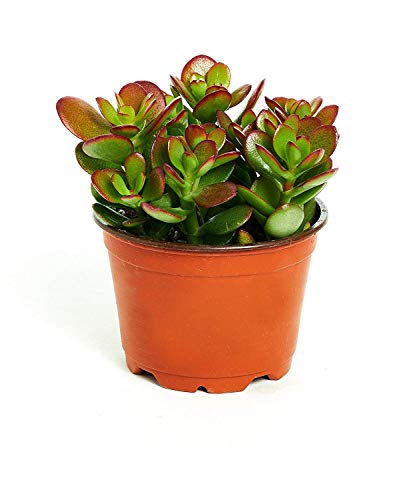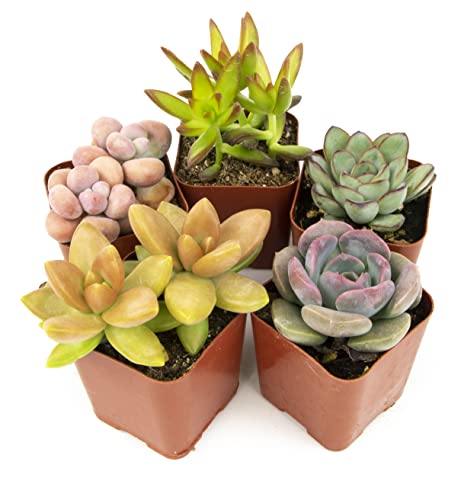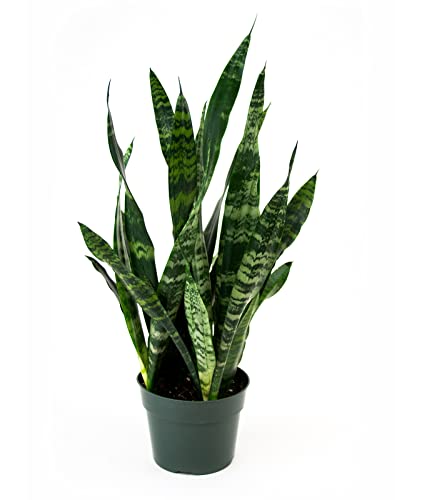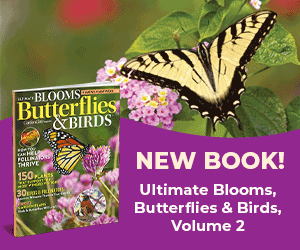House plants can instantly brighten up a room. Whether you keep them in your bedroom or arrange them in the living room, house plants can transform a house into a home. But if you’re new to house plants, it can be hard to choose the right ones for your home. That’s why we’ve put together this list to find the best house plant of 2024, as well as a few other options. We compared the house plants based on their level of maintenance, difficulty, and visual appeal, and found that the Costa Farms House Plants are the overall best house plants of the year. Keep reading to find out more!
Our Top Picks For House Plants
- House Plants: The Ultimate Buying Guide
- People Also Asked
- What are some of the best house plants to bring life to my home?
- What types of house plants should I avoid?
- Can I use potted plants indoors if I don't have a garden?
- Is it necessary to keep a house plant at a certain temperature or humidity level?
- What kind of maintenance is required for house plants?
- Related Articles
House Plants: The Ultimate Buying Guide
When it comes to choosing the best house plant for your home, there are many factors worth considering. From maintenance levels to pet safety, each feature can affect the overall health of your plant. These details can influence how long the house plant will live as well. Explore our comprehensive guide to help you choose the perfect house plant.
Things To Consider Before Buying a House Plant
Maintenance level
The maintenance level for a house plant can range from low-maintenance plants, which require minimal effort, to high-maintenance plants, which need more frequent watering as well as extra care. You’ll want to choose a plant that fits your lifestyle and won’t require too much attention. Low-maintenance plants generally include succulents, snake plants, and pothos plants. High-maintenance plants include fiddle leaf figs, orchids, and air plants.
Space
Make sure you have enough space in your home for a house plant before you buy one. You should take into account the size of the pot. Also, think about how tall the plant will become after it grows and matures. If you’re tight on space, opt for a smaller variety, such as an aloe vera plant or a tabletop agave. For larger rooms with ample space, you can consider taller varieties, like weeping figs or dragon trees.
Lighting
Different plants require different levels of sunlight and shade. So, be sure to buy a house plant that needs the type of lighting that you can provide. To determine how much light an area receives, watch for patterns throughout the day. Some areas receive direct sunlight while others are in complete shade if not somewhere in between. Keep in mind that most house plants prefer indirect sunlight. Low-light plants include peace lilies and snake plants while bright-light varieties entail succulents and cacti.
Temperature
Different plants need different temperatures. So, it’s important to consider which temperature range is most ideal for the type of plant you’re interested in buying. Most common house plants prefer temperatures between 65 and 75 degrees Fahrenheit. However, some plants require cooler temperatures, which is true of African violets. They need anywhere from 55 to 65 degrees Fahrenheit. Orange trees are an example of plants that require warmer temperatures, typically between 70 and 90 degrees Fahrenheit. Make sure you check the label on the pot before buying the plant. This will ensure that you can provide your house plant with an adequate temperature range.
Humidity
If you live in an area with high humidity or dry air, make sure the plant you are interested in purchasing can adapt to those conditions. Make sure this is possible without resulting in the plants being overwatered or drying out. Low-humidity plants include aloe vera, jade plants, and snake plants. High-humidity plants include ferns, peace lilies, prayer plants, and bromeliads. Pay attention to the kind of environment that your house plant thrives in before you purchase one for your home.
Air quality
Some house plants are better at cleaning air pollutants than others. Look for varieties such as spider plants or English ivy if air quality is important to you. These types of plants are capable of removing toxins like formaldehyde, benzene, and trichloroethylene from the air. These plants make it safer for you to breathe air indoors.
Cost
Before purchasing a house plant or ordering one online, set a budget for yourself. The cost of house plants can vary drastically. From low-cost varieties to more expensive options, you should always consider how much you can afford to spend. Make sure you work within your desired budget before finalizing your purchasing decision.
Pet safety
If you have pets at home, it’s important to make sure that the type of plant you choose won’t be toxic to them. Some common toxic house plants include dieffenbachia, philodendrons, azaleas, rhododendrons, tulips, and narcissus bulbs. Avoid these house plants if you have pets in your home. Double-check that the plants pass all pet safety tests before bringing them into your home. You can search online or ask your local nursery staff if you’re not sure about whether or not a certain plant can introduce toxins to your pets.
People Also Asked
What are some of the best house plants to bring life to my home?
Some of the best house plants to bring life to your home include spider plants, rubber trees, snake plants, jade plants, prayer plants, peace lilies, weeping figs, dracaena, pothos, English ivy, aloe vera, and ficus trees.
What types of house plants should I avoid?
You should avoid house plants that may cause mold or mildew, such as ivy and ferns. Also, plants like philodendrons are toxic to pets and children. As such, it is best to keep them out of your home.
Can I use potted plants indoors if I don't have a garden?
Yes, you can use potted plants indoors if you don’t have a garden. Just make sure the pot is appropriate for the size of the plant. Ensure that there are well-draining holes to reduce moisture build-up as well. Also, make sure the pot has adequate drainage space. You can do this by adding small rocks or pebbles at the bottom of the pot. Alternatively, try using a potting mix with perlite and vermiculite.
Is it necessary to keep a house plant at a certain temperature or humidity level?
Yes, you must make sure the house plants are kept in an environment that is suitable for the needs of the plant. Generally speaking, this means keeping them in warmer temperatures between 65 and 80 degrees Fahrenheit. In terms of humidity, aim for higher humidity levels between 50% and 60% humidity if possible.
What kind of maintenance is required for house plants?
The maintenance required for house plants varies. It depends on the type of plant. But generally speaking, maintenance includes watering the plants regularly. This is typically every week or two. You’ll need to ensure that the soil remains damp enough without being overly saturated with water. Check for signs of pests or fungal growth, which may require further treatment. Fertilize the soil regularly, which is usually every six months. Also, make sure you trim and prune as needed.




